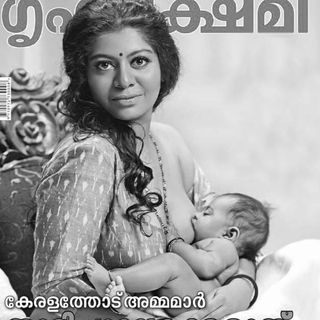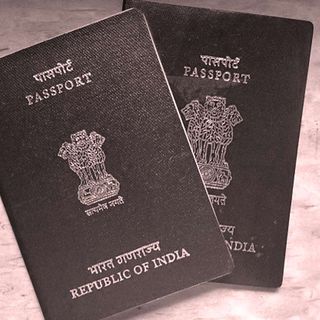
Evidence of Son Preference Found Among Second‑Generation Indian Diaspora
Sex selective abortion isn’t only a problem in India.

A new study of second-generation mothers of South Asian descent, specifically women born to South Asian immigrant parents and raised in Canada, has found a skewed ratio of male-to-female births.
The study was led by Dr. Susitha Wanigaratne, a social epidemiologist and post-doctoral fellow at the Centre for Urban Health Solutions of St. Michael’s Hospital and the Institute for Clinical Evaluative Sciences. Published in the Journal of Epidemiology and Community Health, it was co-authored with several second-generation Punjabi women, including Manvir Bhangoo, founder of Laadliyan Celebrating Daughters, a non-profit organization promoting gender equity among the South Asian community in the Greater Toronto Area.
The researchers found that second-generation mothers of South Asian ethnicity, with two previous daughters and at least one prior abortion, gave birth as a population to 280 boys for every 100 girls. However, among second-generation mothers of South Asian ethnicity with two previous daughters and no prior abortion, the male-to-female ratio was not elevated.
This disparity suggests sex selective abortion is at play. It is also similar to the skewed male-to-female birth ratio identified in a prior investigation, also led by Wanigaratne, of first-generation South Asian immigrant mothers who had had two daughters and at least one prior abortion.
To be more exact, it’s Indian-ethnicity mothers from both generations that are perpetuating son preference.
“Among first-generation mothers born in South Asian countries, only those from India had son-biased sex ratios suggesting that second-generation mothers with son-biased sex ratios likely have Indian ancestry,” the researchers write.
(But also, to be fair, the study did not look into prevalence of sex selective abortion, just for evidence that it was occurring among a small portion of second-generation South Asians living in Ontario, Canada.)
It’s impossible to say for sure why many of these women with two daughters had one or more abortions before giving birth to a son. Canada has some of the most progressive abortion laws in the world, which allow a woman to choose an abortion at any point in her pregnancy and without stating a reason. Of course, these women could have simply been exercising control over their reproductive rights. But the numbers make that possibility doubtful; if that were the case, it is likely the male-to-female sex ratio of these third children would be closer to that of the broader population’s sex ratio at birth. (In most of the world, between 103 and 107 boys are born for every 100 girls; Canadian-born women of non-South Asian ethnicity give birth to about 104 boys for every 100 girls.)
Old patriarchal habits die hard. But before they do, they go underground, become less obvious and more pernicious. Even as daughter acceptance has increased, son preference has morphed into a tacit belief that a family is incomplete without a boy in a way it is not incomplete without a girl. It is this belief that drives second-generation diaspora women in Canada to ‘complete’ their family with a boy, three times as often as they complete their family with a girl. It is this belief that sends educated, affluent Indian couples to Thailand, where sex-selective in vitro fertilisation is legal.
The seeming dichotomy of being born and raised amid more progressive norms and potentially participating in retrogressive, patriarchal practices is described by the study’s authors — and is likely familiar to many middle-to-upper class women in India, as well as women in the diaspora. The researchers cite the confusing push-and-pull of progressive attitudes around education and work, versus traditional attitudes around marriage and family, that act on women in these communities.
“This situation among second-generation mothers certainly exemplifies a ‘double burden’ where women are educated and work outside the home but are also expected to maintain their traditional roles within the family,” the researchers write.
They go on to suggest discrimination of immigrant families might be slowing change in gender attitudes, as families turn inward to protect identity against communal prejudice. Similarly, it’s possible that globalization and economic prosperity have challenged homegrown values in the same way, causing us to protect and evolve traditions like son preference even as we send daughters to school and into the workforce. Both actions are understandable. The mistake, however, is the assumption that there is something in son preference worth protecting.
Related


Officer Defends His Actions, But Interfaith Couple Receive Passports
